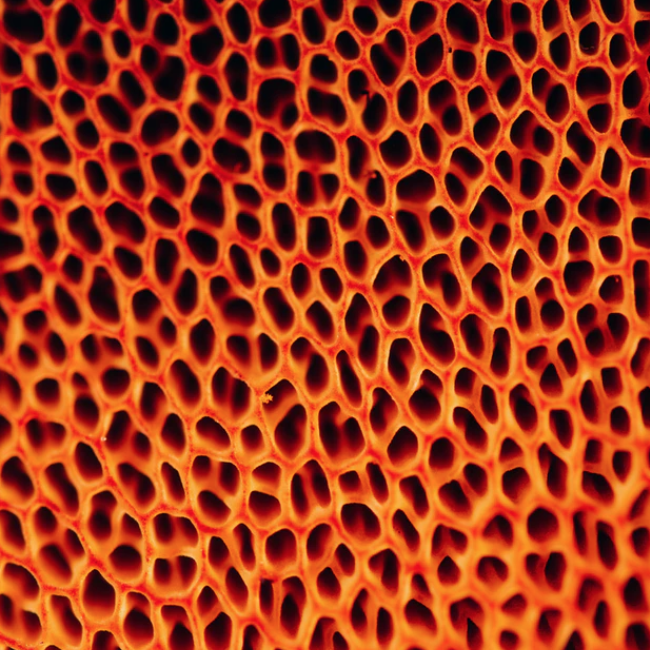Predicting interface structures: from SrTiO 3 to graphene
Generating random structures in the vicinity of a material’s defect predicts the low and high energy atomic structure at the grain boundary.
Physical Review B 90, 35424 (2014)
G. Schusteritsch, C. Pickard
















We present here a fully first-principles method for predicting the atomic structure of interfaces. Our method is based on the ab initio random structure searching (AIRSS) approach, applied here to treat two-dimensional defects. The method relies on repeatedly generating random structures in the vicinity of the interface and relaxing them within the framework of density functional theory (DFT). The method is simple, requiring only a small set of parameters that can be easily connected to the chemistry of the system of interest, and efficient, ideally adapted to high-throughput first-principles calculations on modern parallel architectures. Being first-principles, our method is transferable, an important requirement for a generic computational method for the determination of the structure of interfaces. Results for two structurally and chemically very different interfaces are presented here, grain boundaries in graphene and grain boundaries in strontium titanate (SrTiO3). We successfully find a previously unknown low energy grain boundary structure for the graphene system, as well as recover the previously known higher energy structures. For the SrTiO3 system we study both stoichiometric and nonstoichiometric compositions near the grain boundary and find previously unknown low energy structures for all stoichiometries. We predict that these low energy structures have long-range distortions to the ground state crystal structure emanating into the bulk from the interface.